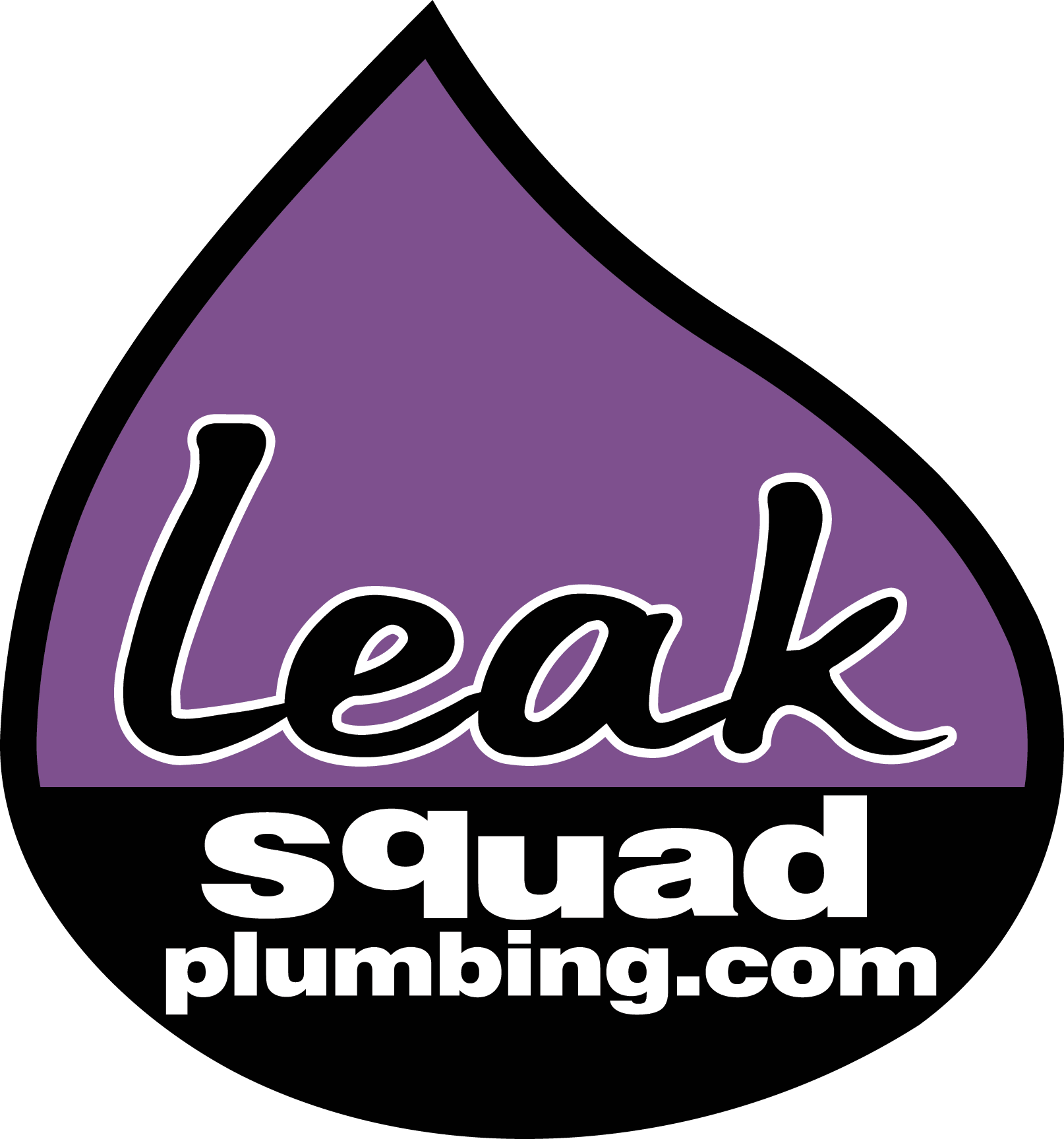Plumbing tests are the first step in determining whether or not you have a problem with your plumbing. Due to the expansion and contraction of the clay soils that we have in the DFW/North Texas area, an undetected leak or an un-repaired leak that is left under the slab foundation of a home can or will at some point cause a structural problem; resulting in the need of foundation work.
The best way to keep on top of your plumbing and to be proactive in spotting un-repaired leaks is to have plumbing tests done at the following times
- If you have higher than usual water bills
- Prior to any foundation work
- Prior to any mud jacking/pressure grouting
- If you have re-occurring sewer pipe stoppage issues
- Before buying a new home
- After any work on the structural integrity of your home
- An annual plumbing test for maintenance purposes – Highly Recommended*
The test that the LeakSquadPlumbing.com performs to determine if you have any leaks is called a hydrostatic test to both of the fresh water and sewer systems, or domestic and sanitary respectively.
In order to perform the test on a domestic system, a pressure gauge is installed on an outside water spigot. The spigot is then opened and the gauge pressurized by the flow of water. Following the pressurization of the gauge, the water supply valve is turned off and a check of the gauge is then recorded to see if there is any loss. If there is a loss, you have a leak(s); if there is no leak, the plumber will write on the report that there is no loss, water held at a certain psi for a the amount of time that the test was performed, which can vary between 10-30 minutes. If this test fails, the next step in the repair process is to perform a domestic system leak location.
Many people ask why this test needs to be performed, as they feel they would know they would have a leak based on the rate of water usage. While this can be true, (not always however) for the domestic system, the same cannot be said for the sanitary (sewer) system. There is no meter on the sewer system as it is what is leaving the house, as water companies would not get much business if they not only charged for water coming in to a home, but leaving as well.
A test on the sanitary system is performed by plugging the main drain line using the access provided by a clean out with an inflatable air bladder commonly called a test ball. After this is accomplished, the sewer line is filled to slab level*. Once this has been accomplished, a process similar to the domestic test takes place and the report will read as the previous test did, however this test normally takes between 20 minutes and one hour. If this test fails, the next step in the repair process is a sanitary leak location.
* Note that depending on the height of some clean outs, an extension may be needed.
 Leak Squad Plumbing
Leak Squad Plumbing